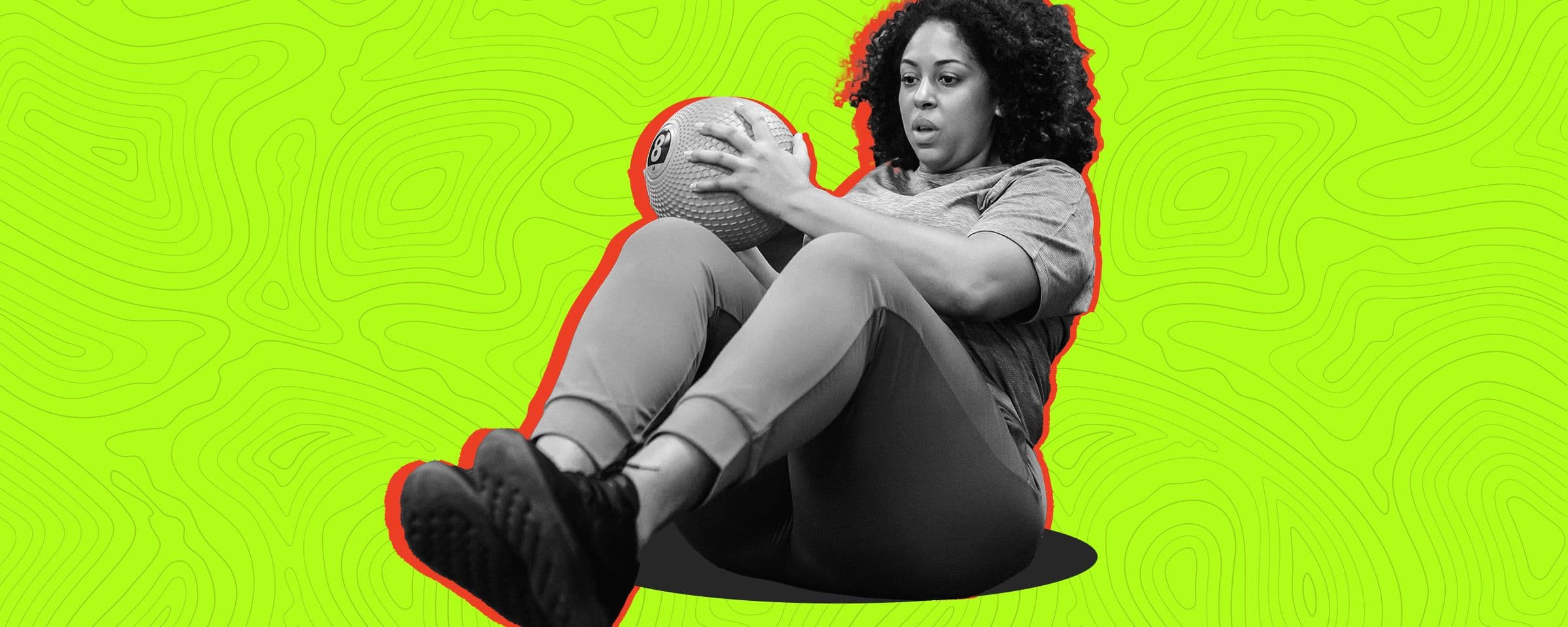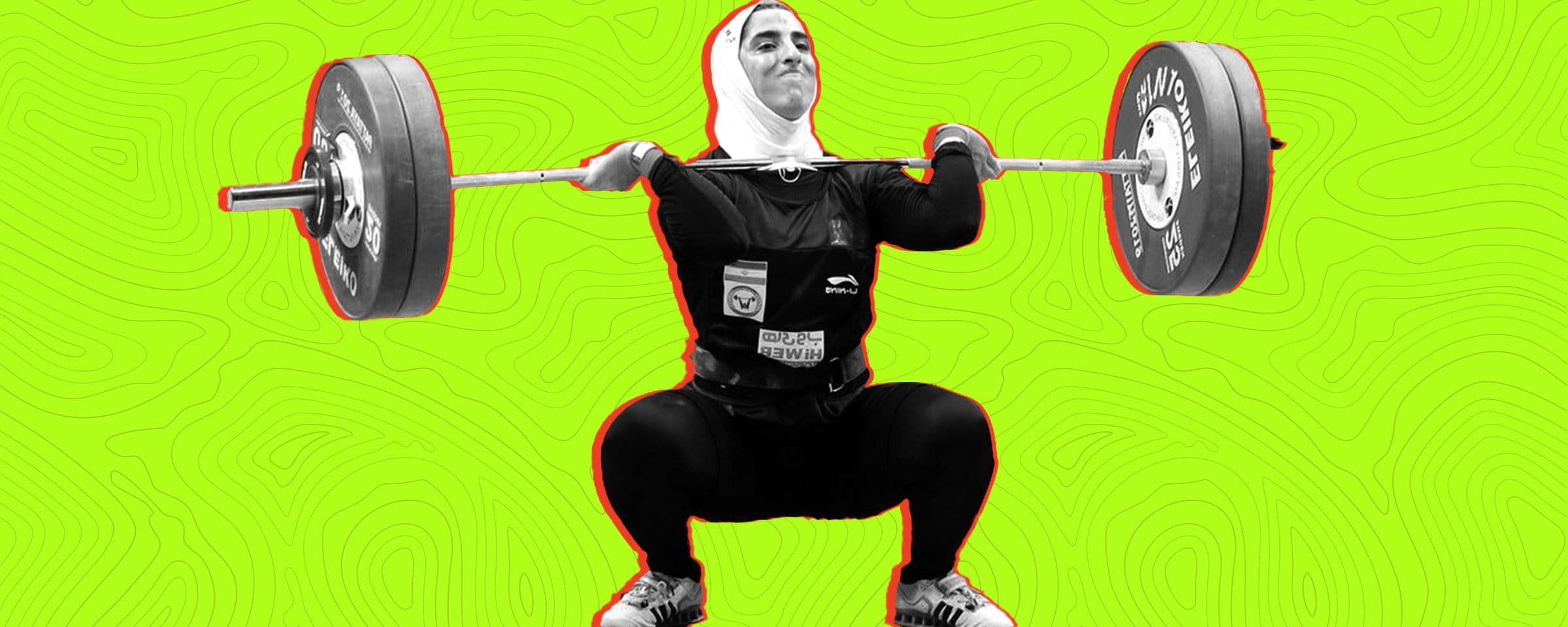Fat Burning Zone: Everything You Need To Know

Introduction
It's finally time to talk about something we all love (to hate): burning fat! Forget those confusing charts and vague advice; we're going to break it down right down in the middle and expose all its secrets.
Is your gym rat brother starting to sound like he's speaking another language? You heard him say, "You need to be in the fat-burning zone!" once and decided that now you're interested too because duh, who doesn't want to get some fat burning action themselves?
Not to be a cliche, but the zone is not a place or even a state of mind but a specific point in your exercise routine where you're aiming to torch those extra calories. This blog is your guide to understanding this "zone," how it works, and whether it's the holy grail of weight loss or just another fitness myth.
We'll be elbow-deep in the nitty-gritty of fat burning, the difference between good and bad fats (because, yes, there's a difference!), and how your heart rate plays a crucial role. So, let's stop dilly-dallying and get started.
Fat Burning: The Detailed Process
Let's get one thing clear: your body, as wonderful and marvellous as it is, is a super-efficient, albeit sometimes lazy, machine. When you eat, your body breaks down food into glucose, which is your primary energy source.
If you're using that energy (like during a workout), great! But if you're not, your body stores the excess glucose as glycogen in your liver and muscles. Once those stores are full, the extra energy gets converted into triglycerides and stored as fat.
Are you with us so far? Good!
Because here's where the magic happens. When your body needs energy, and your glycogen stores are depleted (like during prolonged exercise), it starts tapping into those fat reserves.
This process, called lipolysis, breaks down triglycerides into fatty acids and glycerol. These fatty acids are then transported to your muscles, where they're used as fuel.
Your body, that lazy overachiever, prefers to burn the easy-to-access glucose first. But when that runs out, it reluctantly starts burning fat, like digging into your emergency stash of snacks.
The Good, the Bad, and the Triglyceride
Not all fats are created equal. No, that verse is not in the bible. Though that does beg the question, which of them are we supposed to root for and which of them should we root out?
First, let's see the latter:
1. Saturated Fats: Found in red meat, processed foods, and some dairy, these can raise your Low-Density Lipid (bad) cholesterol levels, increasing your risk of heart disease.
2. Trans Fats: These are the worst of the bunch, often found in fried and processed foods. They not only raise LDL cholesterol but also lower HDL (good) cholesterol.
Now, for the former:
1. Unsaturated Fats: These include monounsaturated and polyunsaturated fats, found in avocados, nuts, seeds, and olive oil. They can help lower LDL cholesterol and are essential for overall health.
2. Omega-3 Fatty Acids: A type of polyunsaturated fat found in fatty fish, flaxseeds, and walnuts. They have numerous benefits, including reducing inflammation and improving heart health.
According to a published in the Journal of the American Heart Association, replacing saturated fats with unsaturated fats can significantly reduce the risk of cardiovascular disease.

Fat Burning vs. Weight Loss
Burning fat and losing weight are often used interchangeably, but they're not identical twins. You can burn fat without seeing a significant change on the scale, and vice versa.
While fat burning is pretty straightforward as it is literally the process of your body using stored fat as energy. Weight Loss is a decrease in overall body weight, which can include fat, muscle, and water.
For example, if you start a strength training program, you might gain muscle while losing fat. The scale might not budge much, but your body composition will improve AKA you become buff as hell. This is why focusing solely on the number on the scale can be very misleading.
Fat Burning and Heart Rate
The heart of the matter (pun intended!) is that it's time for you to finally learn what your brother was yapping about. The "fat-burning zone" is often associated with a specific heart rate range, typically around 60-70% of your maximum heart rate.
Here's how to calculate your maximum heart rate:
220 - your age = maximum heart rate
For example, if you're 30, your maximum heart rate would be 190 beats per minute (bpm).
And so your fat-burning zone would be between
190 x 0.60 = 114 bpm 190 x 0.70 = 133 bpm
However, recent studies have shown that the "fat-burning zone" is a bit more nuanced. While lower-intensity exercise does burn a higher percentage of fat during the workout, higher-intensity exercise burns more calories overall, leading to greater fat loss in the long run.
Evidence published in the Journal of Obesity found that high-intensity interval training (HIIT) was more effective for reducing abdominal fat than moderate-intensity continuous training.
What we're trying to say is, this is merely a suggestion so don't get too hung up on staying within a specific heart rate range. Focus on a combination of moderate and high-intensity exercises for efficient fat-burning and overall fitness.

Conclusion
Burning fat is a complex process, but it's not rocket science. Your body knows exactly what to do. All you have to do is allow it to do its job right.
By understanding how your body uses energy, choosing healthy fats, and incorporating a mix of exercise intensities, you can achieve your weight loss goals. Get down to do some experiments and find what works best for you.
And most importantly, have fun along the way. Because although fat burning is tedious, it's still an internal process and boring as hell. You could rather enjoy yourself (in a healthy, non-intrusive way) while your body does what it does best.
FAQs
Can I burn fat by just doing cardio?
While cardio burns calories and can contribute to fat loss, combining it with strength training is more effective. Strength training builds muscle, which boosts your metabolism and helps you burn more calories even at rest.
Are fat-burning supplements effective?
Some supplements may provide a slight boost, but they don't yield supernatural results. So it's way better for you to focus on a healthy diet and regular exercise for sustainable results. And most importantly, check-in with your doctor before taking any supplements.
Does spot reduction work? Can I target fat loss in specific areas?
Unfortunately, spot reduction is a myth. You can't target fat loss in specific areas by doing exercises that target those areas. Overall fat loss will occur based on your body's genetic predispositions.
How often should I exercise to burn fat?
At least 2 hours of moderate-intensity exercises like walking or 75 minutes of some aerobic exercise per week, along with strength training exercises at least two days a week, can yield you great results.
Does sleeping more help burn fat?
Adequate sleep is crucial for hormone regulation, including those that affect appetite and metabolism. Lack of sleep can disrupt these hormones, making it harder to lose fat. Do a solid 7-9 hours of quality sleep per night, then you're good to go.


Busting the Spot Reduction Myth – Understanding Fat Loss

Intense Workouts: Common Myths and the Real Facts

Debunking the Weightlifting Myth – Truth Revealed


